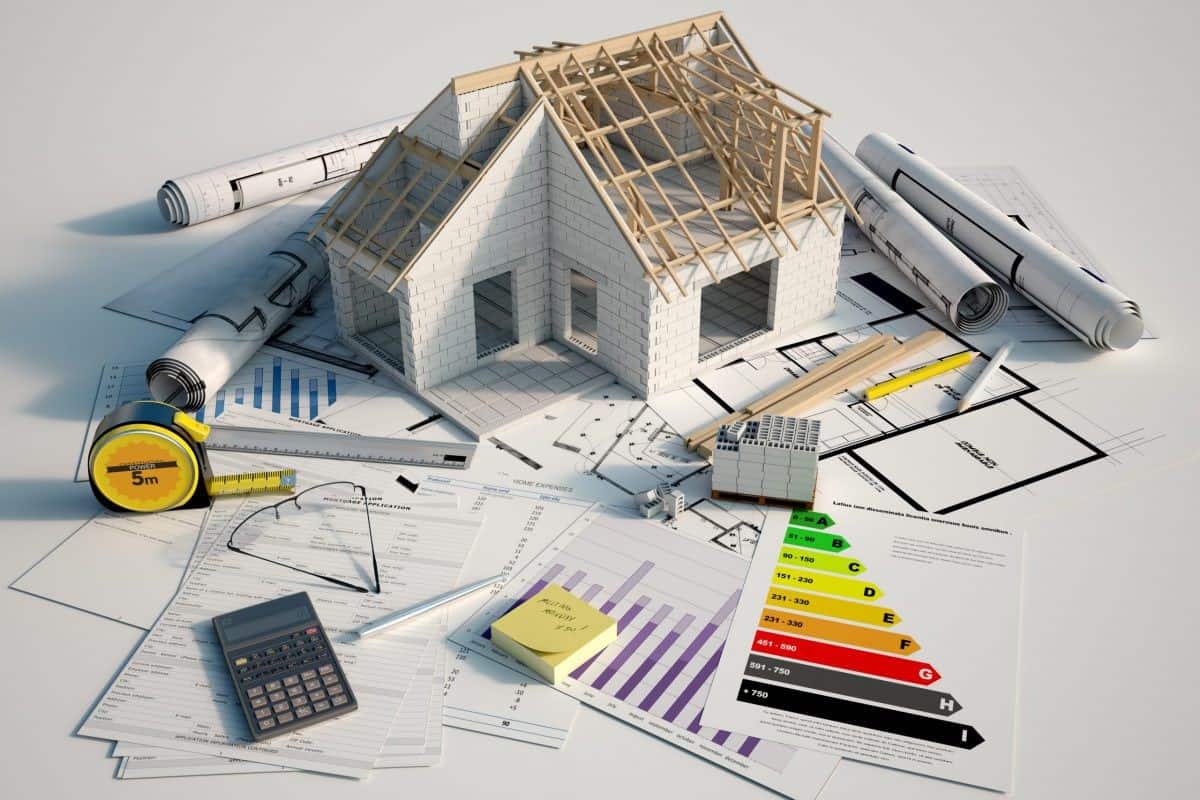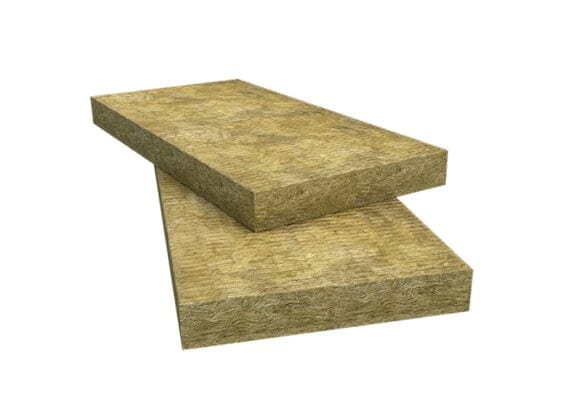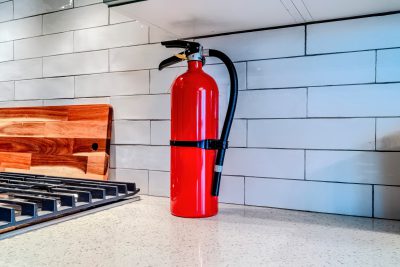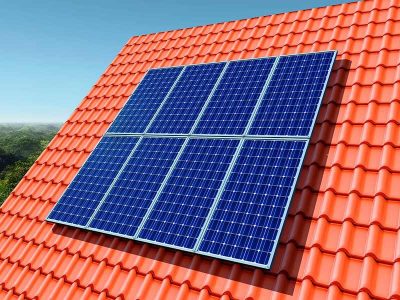The need for incorporating energy-efficient renovations is greater than ever, as the private rental industry in the UK grows. A national commitment to energy conservation and environmental sustainability is shown by the government’s goal of moving as many households as possible to EPC Band C by 2030.
This transition provides a strong argument for the implementation of green measures since it not only promises to lower energy costs and improve tenant comfort, but it may also raise property values for landlords. With the ability to set a good example, landlords are at the forefront of this change. These actions not only comply with the Minimum Energy Efficiency Standards (MEES) but also present rental properties as appealing residences for an increasing number of tenants who are concerned about the environment.
Accepting these developments in the private renting sector going ahead will be beneficial for both landlords and renters, and it will also be essential to the UK meeting its net zero objectives. Now let’s explore the many energy-efficient ways you can renovate your property.
5 Property Renovation Ideas That Save Energy
1. Insulation Upgrades
Why should you upgrade your insulation? The ideal insulation functions as a barrier to heat escape and gain, especially in roofs, walls, and floors. Reorganising your insulation is an investment that will keep your home’s temperature steady, save your energy expenses, and even block out outside noise.
How to Select the Right Insulation
Assess your requirements: Think about the particular locations in your house that need immediate insulation improvements. Which is it, the flooring, the walls, or the attic?
Recognise R-values: Higher values correspond to greater insulation. R-values are a measure of how effective insulation is. With an excellent R-value, Rockwool rwa45 is a great option in most climes.
Think about sustainability: Choose insulating materials that are not just efficient but also safe for the environment. Because it is composed of natural stone wool, Rockwool rwa45 is a sustainable option.
The area of your house that has to be insulated will determine how this insulation is installed. For example, if you’re focused on the attic, the installation involves placing the insulation between the joists and then across them to reduce heat loss whereas in the walls, insulation panels are installed between the studs.
2. Energy-Efficient Windows and Doors
When you start a property renovation project, upgrading to energy-efficient windows and doors is a great choice to lower your energy costs. These cutting-edge fixtures are insulated with inert gases like argon or krypton and have low-emissivity (low-E) glass ensuring your living area stays cool and cosy in the summer heat and warm in the bitter winter. However, the key to fully realising the benefits of these energy-saving miracles is to install them precisely. It’s critical to have an impeccable fit and seal to stop unwanted drafts.
Furthermore, the improvements provide benefits beyond reduced energy expenses. They strengthen your house against the unpredictable weather while adding a touch of beauty. The promise of energy efficiency combined with the added advantage of improving your house’s visual appeal and resistance to environmental factors emphasises the value of a comprehensive approach to home remodelling. Setting off on this route offers a combination of financial, aesthetic, and environmental benefits in addition to ensuring a more cosy and aesthetically pleasing living space and supporting environmentally responsible activities.
3. Advanced Heating and Cooling Systems
A major step towards energy saving is the adoption of an electric air-source heat pump. These heat pumps successfully perform even in below-freezing temperatures by transferring heat from external air within, in contrast to standard HVAC systems that generate heat. Because of its inherent efficiency, this technology uses less energy to keep your house pleasant throughout the year.
Air Source Heat pumps are a great investment because of their adaptability; they may give air purification, lower humidity, and winter and summer cooling. When you combine your air conditioning and heating into one effective system, you save a significant amount of money. By addressing the primary causes of energy loss in houses, adding insulation and air sealing to heat pumps increases their efficiency and makes energy conservation a viable solution.
4. Smart Thermostats
Convenience and conservation come together with smart thermostats, which automate energy saving without sacrificing comfort. Because these devices learn about your habits and make the necessary adjustments to your home’s heating and cooling systems, they are a major advance over traditional thermostats. Think about getting a thermostat that recognizes when you’re not home, saves energy by lowering the heating or cooling, and then raises the temperature just before you arrive.
Installing a smart thermostat can result in noticeable energy savings; according to numerous studies, smart refrigerators, washing machines, and ovens reduced their average usage by 10% to 15%. These devices are capable of more than simply responding to the ambient temperature; they can also assess your consumption habits over time and provide suggestions and insights for further energy savings. Additionally, a lot of models come with smartphone applications for remote control, which adds a level of convenience that conventional thermostats just cannot match. For the environmentally aware homeowner, a smart thermostat is a wise purchase since the energy savings it produces soon outweigh the initial cost.
5. Green Roofing: A Living Roof Over Your Head
Imagine having your roof turned into a lush garden full of colourful flowers and small trees. This is what green roofing is all about. Beyond aesthetic appeal, a green roof has useful advantages such as better heat absorption, increased insulation, and reduced urban heat island effect.
Why Choose a Green Roof?
Temperature Control: Green roofs distinguish themselves by employing a combination of soil and plants to protect structures. This natural covering functions as an insulator, keeping your house cool during the hot summer months and warm when the winter frost sets in. This equilibrium provides year-round benefits by greatly lowering the demand for artificial heating and cooling.
Improving Urban Biodiversity: In addition to its aesthetic appeal, green roofs shelter insects, bees, and birds, promoting local biodiversity.
Stormwater Management: A dense neighbourhood struggles to manage the unexpected flood rush following heavy rains. By reducing runoff, green roofs absorb a large amount of this precipitation, lowering the likelihood of floods. A great example of environmental responsibility and practicality, this natural absorption system is essential to reducing drainage system strain.
Getting Started with Green Roofing
- Assessment: It’s critical to make sure your roof can sustain the extra weight of a green roof.
- Design: When designing a green roof, you have an option between extensive and intense designs. Extensive designs have lighter soil and need less maintenance, while intensive designs have richer soil and a greater diversity of plants.
- Maintenance: Although green roofs need less maintenance than standard roofs, they nevertheless require periodic watering, weeding, and replanting.
Your property’s energy efficiency can be considerably improved by combining green roofing with other energy-efficient improvements, such as strategically placing a rockwool flexi slab for further insulation.
Conclusion
The renovation ideas mentioned above are great for anyone wishing to use renovations to have a positive influence as we continue to work towards a more sustainable and greener future. Whether you’re a first-time landlord or a homeowner trying to improve the efficiency and desirability of your property, these strategies provide a road map for success in the modern, eco-aware world.












